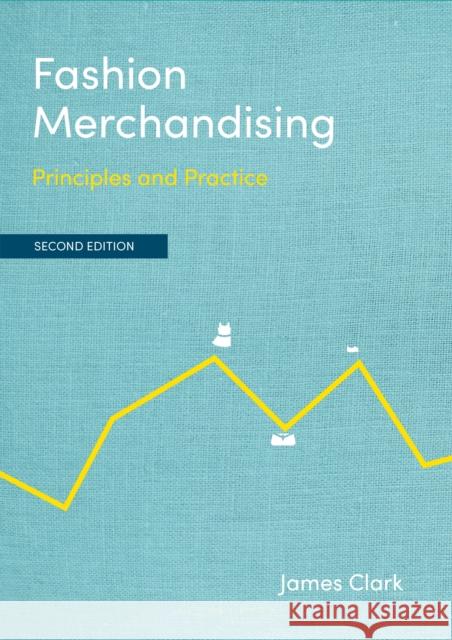Fashion Merchandising: Principles and Practice » książka
topmenu
Fashion Merchandising: Principles and Practice
ISBN-13: 9781352011104 / Angielski / Miękka / 2020 / 274 str.
Kategorie:
Kategorie BISAC:
Wydawca:
Red Globe Press
Język:
Angielski
ISBN-13:
9781352011104
Rok wydania:
2020
Wydanie:
2021
Ilość stron:
274
Waga:
0.52 kg
Wymiary:
25.4 x 17.78 x 1.57
Oprawa:
Miękka
Wolumenów:
01











